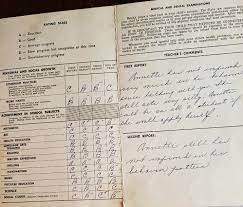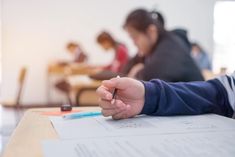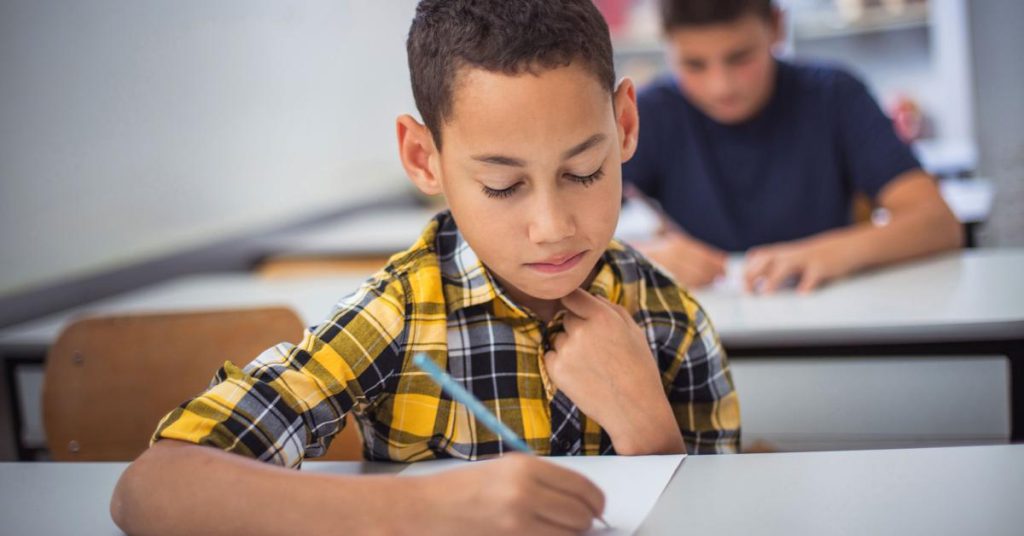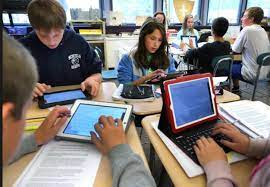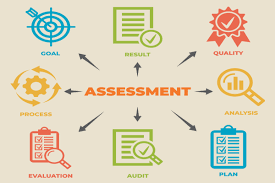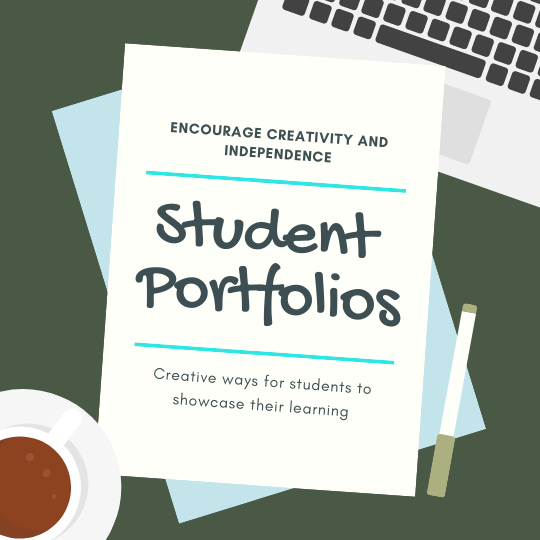Pre and post tests are a common assessment method used in classrooms to measure student learning and progress. These tests are administered both before and after a specific teaching unit, aiming to evaluate the effectiveness of the instruction.
The primary purpose of pre and post tests is to assess students’ knowledge and skills before and after instruction. These assessments provide valuable data that can be used to measure student growth, identify areas of weakness, and inform instructional decisions.
By administering pretests at the beginning of a unit, teachers can gauge students’ prior knowledge and understanding. This information helps determine the starting point of the instruction and tailor it to the students’ needs. It also enables teachers to identify any misconceptions or knowledge gaps that need to be addressed.
Post tests, on the other hand, measure the knowledge and skills students have gained throughout the unit. They allow teachers to assess the effectiveness of their instruction and determine if the desired learning outcomes have been achieved. This feedback helps in refining future teaching practices and improving student outcomes.
Furthermore, pre and post tests provide motivation for students to actively engage in their learning. Pretests create a sense of curiosity and set goals for students to achieve. Post tests, on the other hand, serve as a means for students to reflect on their progress and demonstrate their learning.
Apart from evaluating individual student progress, pre and post tests also offer valuable insights at the classroom level. They help identify areas where the majority of students are struggling and guide targeted interventions. Additionally, these assessments assist teachers in assessing the effectiveness of their teaching strategies and making necessary adjustments.
However, it is essential to consider some limitations of pre and post tests. These assessments may not capture all aspects of student learning, such as critical thinking, problem-solving, and creativity. They predominantly focus on content knowledge and may not provide a comprehensive view of students’ abilities.
To maximize the benefits of pre and post tests, it is crucial to design them effectively. Teachers should ensure that the tests align with the learning objectives and accurately assess the desired outcomes. Additionally, creating a supportive and non-judgmental classroom environment is essential to encourage students to participate actively and take the assessments seriously.
In conclusion, pre and post tests can be beneficial in the classroom. They provide teachers with valuable data to monitor student progress, identify areas for improvement, and make informed instructional decisions. When carefully designed and implemented, these assessments can enhance student learning and contribute to overall classroom success.


